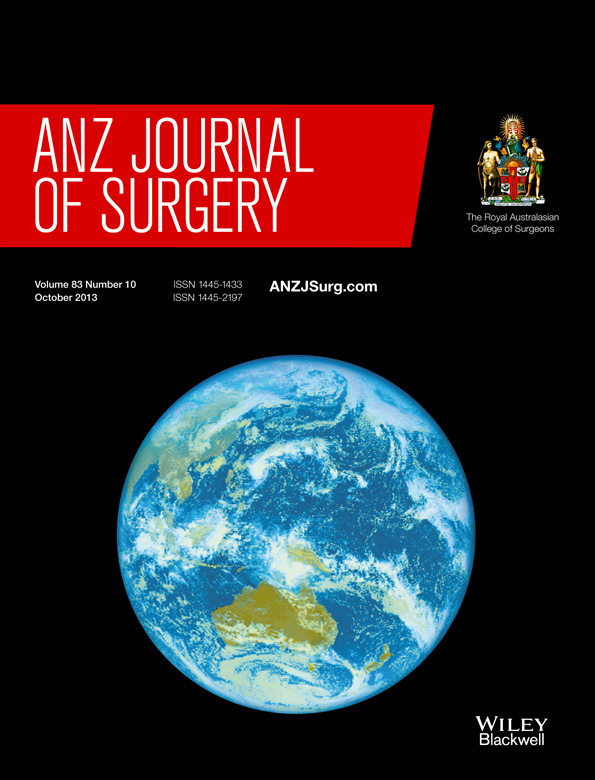Clinical embryology teaching: is it relevant anymore?
Abstract
Background
Embryology finds itself jostling for precious space in the crowded medical curriculum, yet remains important for helping students understand birth defects. It has been suggested that teaching embryology through clinical scenarios can increase its relevance and interest. The aim of this research was to determine the attitudes of final-year medical students to learning embryology and whether clinical scenarios aid understanding.
Methods
Final-year medical students undertaking their paediatric rotation in 2009 and 2010 were invited to attend an optional lecture on clinical embryology and participate in the research. In the lecture, three clinical scenarios were presented, in which the lecturer traced the normal development of a foetus and the abnormal development that resulted in a birth defect. Outcomes were assessed quantitatively using a paper-based survey.
Results
The vast majority of students who valued embryology teaching in their medical programme thought it would assist them with clinical management, and believed learning through case scenarios helped their understanding. Students were divided in their beliefs about when embryology should be taught in the medical programme and whether it would increase their workload.
Conclusion
Embryology teaching appears to be a valuable part of the medical curriculum. Embryology teaching was valued when taught in the clinical environment in later years of the medical programme. Students, clinicians and medical educators should be proactive in finding clinical learning opportunities for embryology teaching.




